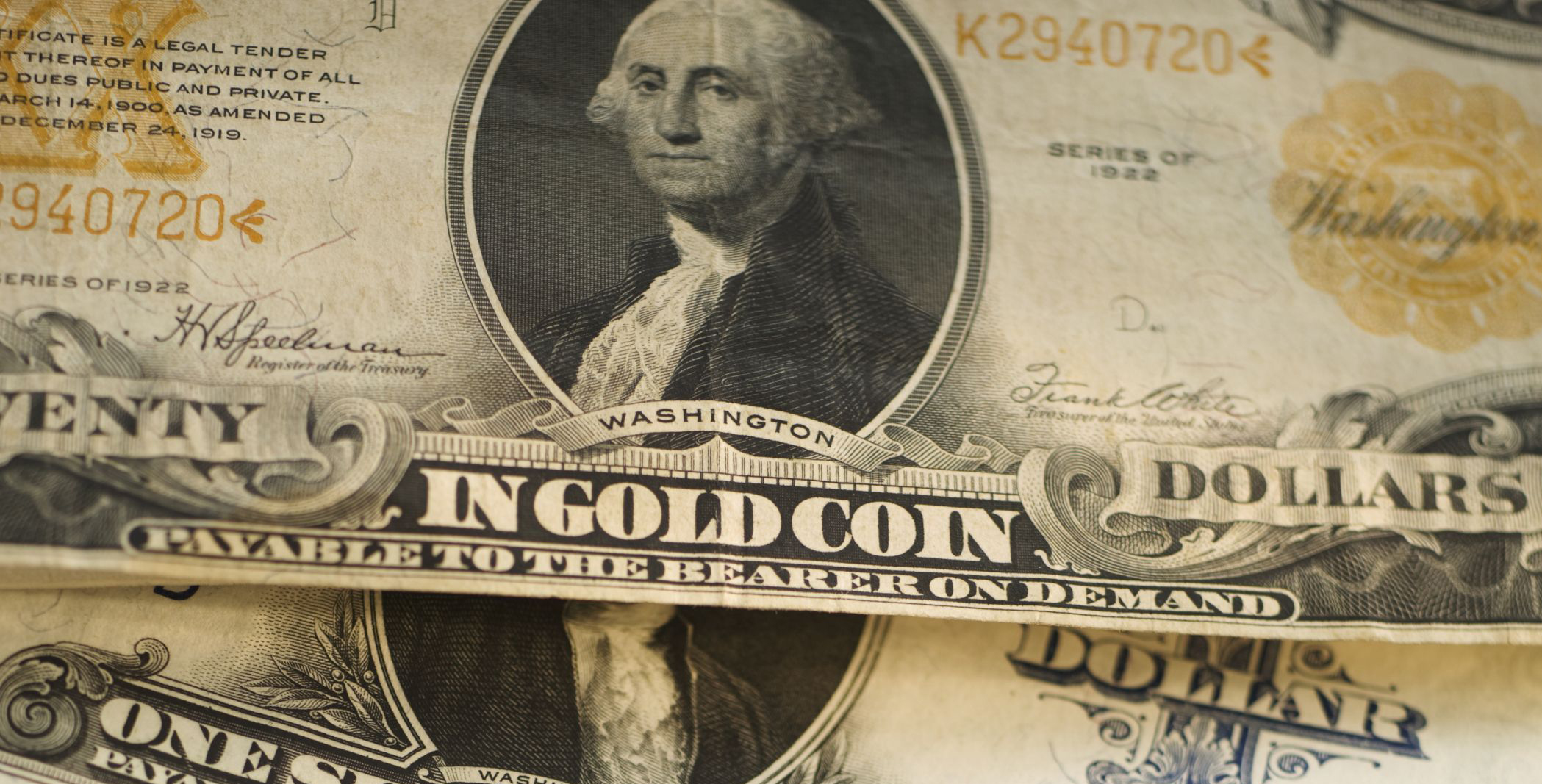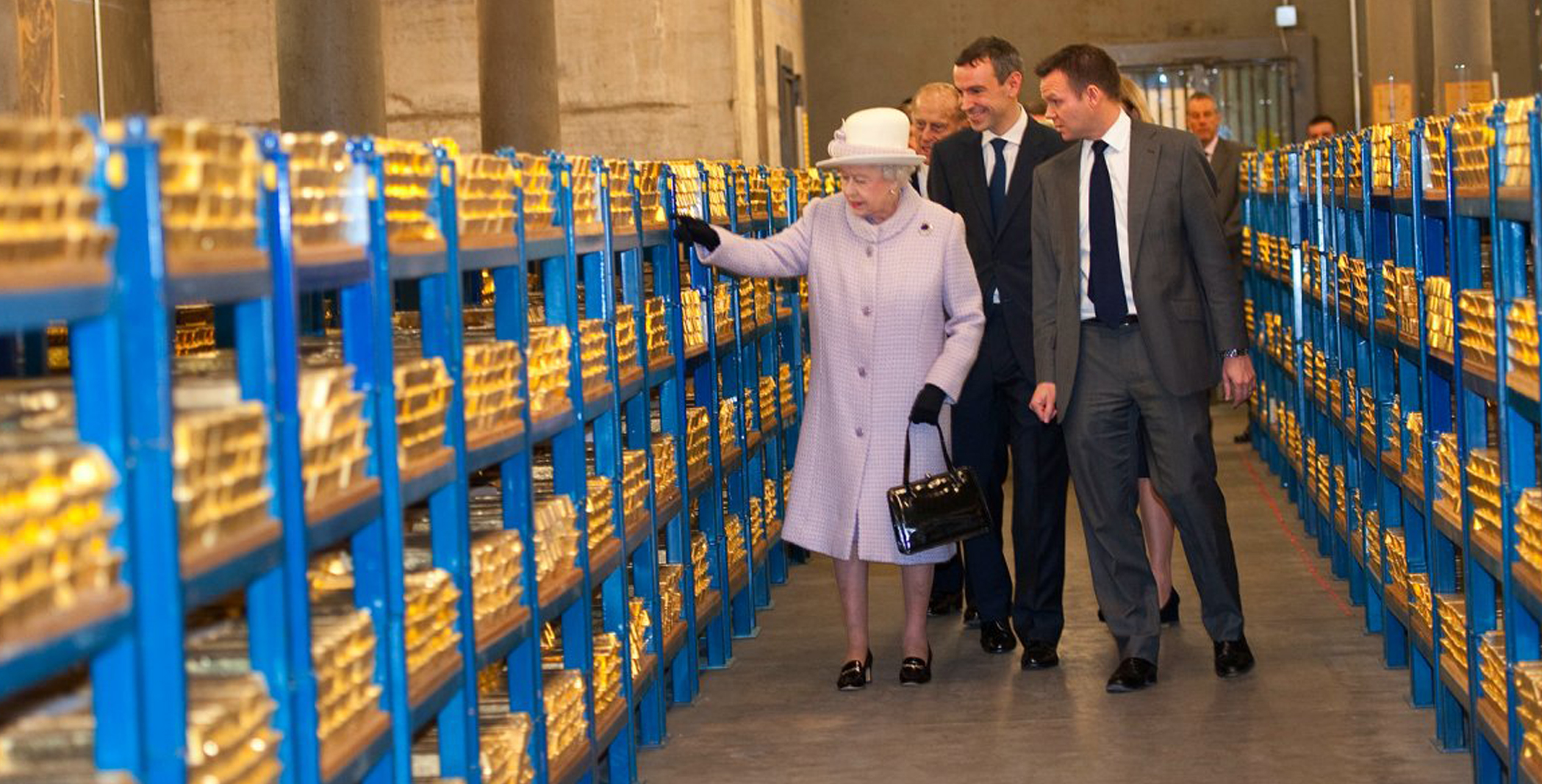EAP ∞ APA ∞ Glossary ∞ Grammar ∞ Vocabulary ∞ Presentation skills
Summary writing skills: The Gold Standard
The gold standard is a monetary system where a country’s currency or paper money has a value directly linked to gold. When the gold standard was used, countries agreed to convert paper money into a fixed amount of gold.
Summation practice: The Gold Standard
A gold standard is a monetary system in which the standard economic unit of account is based on a fixed quantity of gold. Although most nations abandoned the gold standard as the basis of their monetary systems at some point in the 20th century, many still hold substantial gold reserves:



After the Second World War, a form of gold standard, sometimes described as a “gold exchange standard”, was established by the Bretton Woods Agreements in the USA. Under this system, many countries fixed their exchange rates relative to the U.S. dollar and central banks could exchange dollar holdings into gold at the official exchange rate of $35 per ounce. All currencies pegged to the dollar thereby had a fixed value in terms of gold.
Starting in the 1959–1969 administration of President Charles de Gaulle and continuing until 1970, France reduced its dollar reserves, exchanging them for gold at the official exchange rate, reducing US economic influence. This, along with the fiscal strain of federal expenditures for the Vietnam War and persistent balance of payments deficits, led U.S. President Richard Nixon to end international convertibility of the U.S. dollar to gold on August 15, 1971 (the “Nixon Shock”).
This was meant to be a temporary measure, with the gold price of the dollar and the official rate of exchanges remaining constant. Revaluing currencies was the main purpose of this plan. No official revaluation or redemption occurred. The dollar subsequently floated. In December 1971, the “Smithsonian Agreement” was reached. In this agreement, the dollar was devalued from $35 per troy ounce of gold to $38. Other countries’ currencies appreciated. However, gold convertibility did not resume. In October 1973, the price was raised to $42.22. Once again, the devaluation was insufficient. Within two weeks of the second devaluation the dollar was left to float. The $42.22 par value was made official in September 1973, long after it had been abandoned in practice. In October 1976, the government officially changed the definition of the dollar; references to gold were removed from statutes. From this point, the international monetary system was made of pure fiat money.
The Gold Standard
Source: Truthloader (2014). Gold standard vs Fiat vs Bitcoin. https://bit.ly/TRUsub
Remember: press “CC” to turn “Subtitles” on
